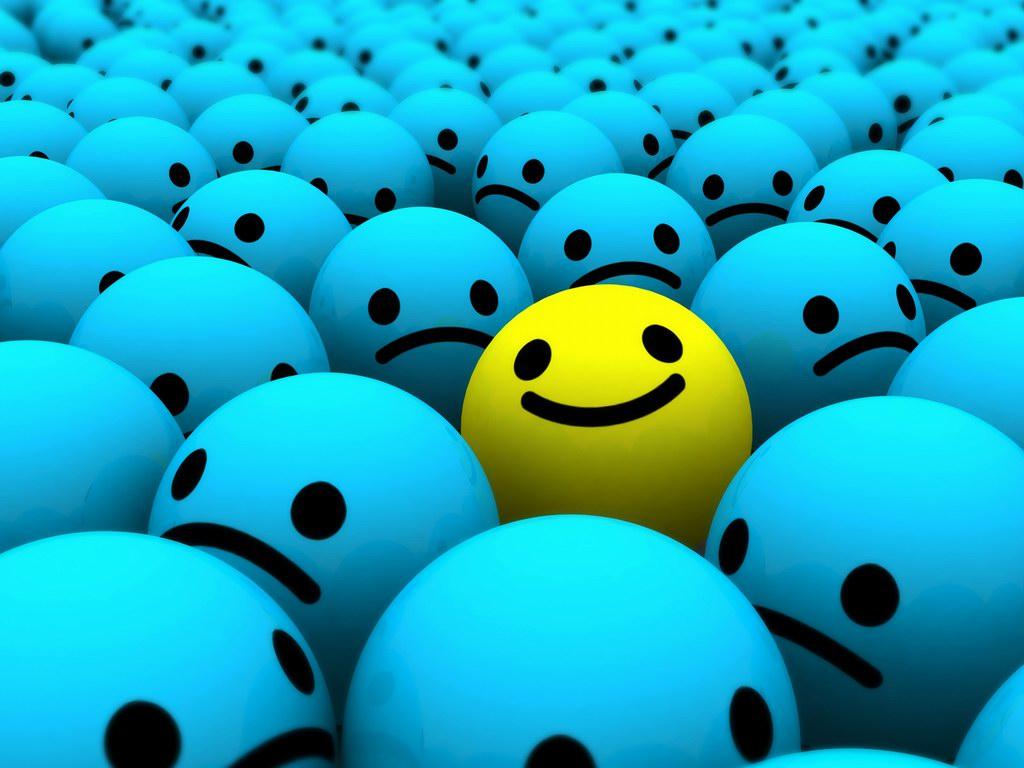Customer experience (CX) design is a pivotal part of product design that is all too often overlooked.
A buzzword all too commonly used throughout the world of business, it’s been loosely applied to virtually every situation that has to do with improvement within your respective industry. You’ve heard it, but what does it really mean? What are its objectives, intricacies, and lastly, ramifications—What happens when it all goes wrong? And why is it so pivotal to product success?
Companies that have the ability to create memorable customer experiences establish a competitive advantage unlike anything else. Those that recognize this understand that delivery can be just as important—if not more—than what’s delivered. After a certain threshold, an inferior product can beat out the industry leader off of presentation value alone. There’s no reason to neglect customer experience, and those that do are missing out on exponential growth.
80% of businesses state that they provide great customer experience. Yet, this number contrasts with the 8% of consumers that actually express their satisfaction. Companies need to strive for exceptional customer experience, which can only be achieved through the “Three D’s”:
- Designing the correct incentive for the correctly identified consumer, offered in an enticing environment.
- Delivery: a company’s ability to focus the entire team across various functions to deliver the proposed experience.
- Development ultimately determines a company’s success, with an emphasis on developing consistency in execution.
So let’s talk about how to use this information. CX is typically regarded as a three-pronged process that includes the before, during and after of a customer’s interaction with a product. Empathy, insight, and perspective are a necessity in working with (rather than for) the customers you plan on interacting with. This is the customer experience journey:

Discover – It can’t be stressed enough how important it is to see the product you represent in the same light that your customers do. We’ve already talked about how products hold themselves in a ridiculously high regard, yet don’t hold themselves to an equivalent standard. Any sort of product cognitive dissonance needs to be dispelled as this leads to customer experience complacency. You can’t expect consumers to be loyal when you wouldn’t be. Simply put, follow the Golden Rule.
Configure – Working from the ground up, the customer experience journey needs to be fundamentally reshaped. Specifically (and based on the observations and subsequent findings from the previous step), interactions must be broken down into different sections of company reform. These include digital transformation, reorientation of company culture and staying on top of trends and innovation within your field. Hyper-organization and detailed analysis of every aspect of your business is the imperative first step. If you’re in the dark, your customers are too.
Restructure – With all corporate factions analyzed, and the power of customer insight, it’s time for reorganization. Take what customer experience knowledge you’ve obtained while observing your consumer base and their ideology, and shape it within all areas of your institution. Where do we excel? Where do we struggle? Where do we currently stand? This stage serves as the culmination in the customer experience journey. It’s what you’ve been working towards. Uniformity and synergy among all levels of your organization are your best allies in executing this.
Ideally, you’ll have an optimized business from top to bottom if properly carried out. Keep in mind that the customer experience journey isn’t a one-time ordeal, but a continuous process that needs constant circulation. Being on top of your industry rarely happens—if at all. Staying on top is only done through the perfection of the customer service journey.
The customer experience journey is the starting point in any business’s path, whether it be in digital services or goods. design, delivery, and growth (or Discover, Configure and Restructure) serve as the three pillars of CX, with each stage being as crucial as the last. Knowing the customers, knowing your product and the intersection between the two is what every business’s sights should be placed on. The moment you neglect CX is the moment your customers will neglect you.




